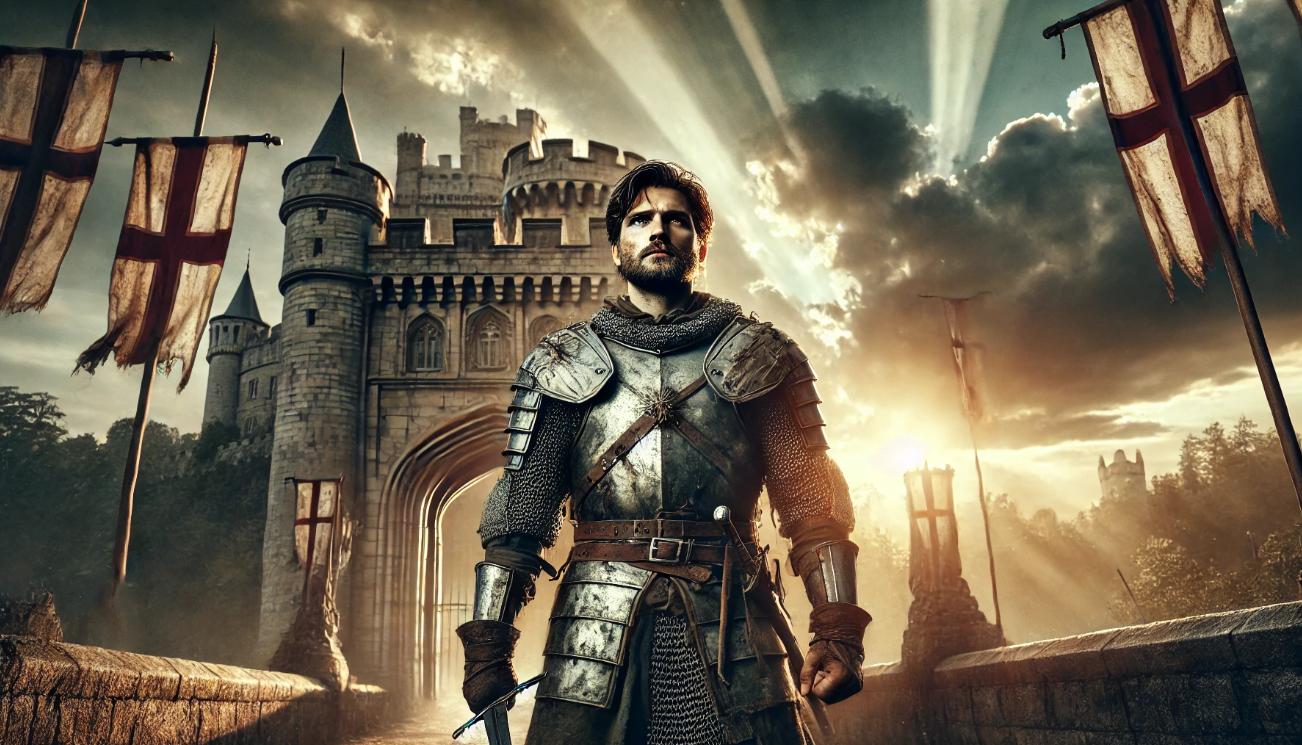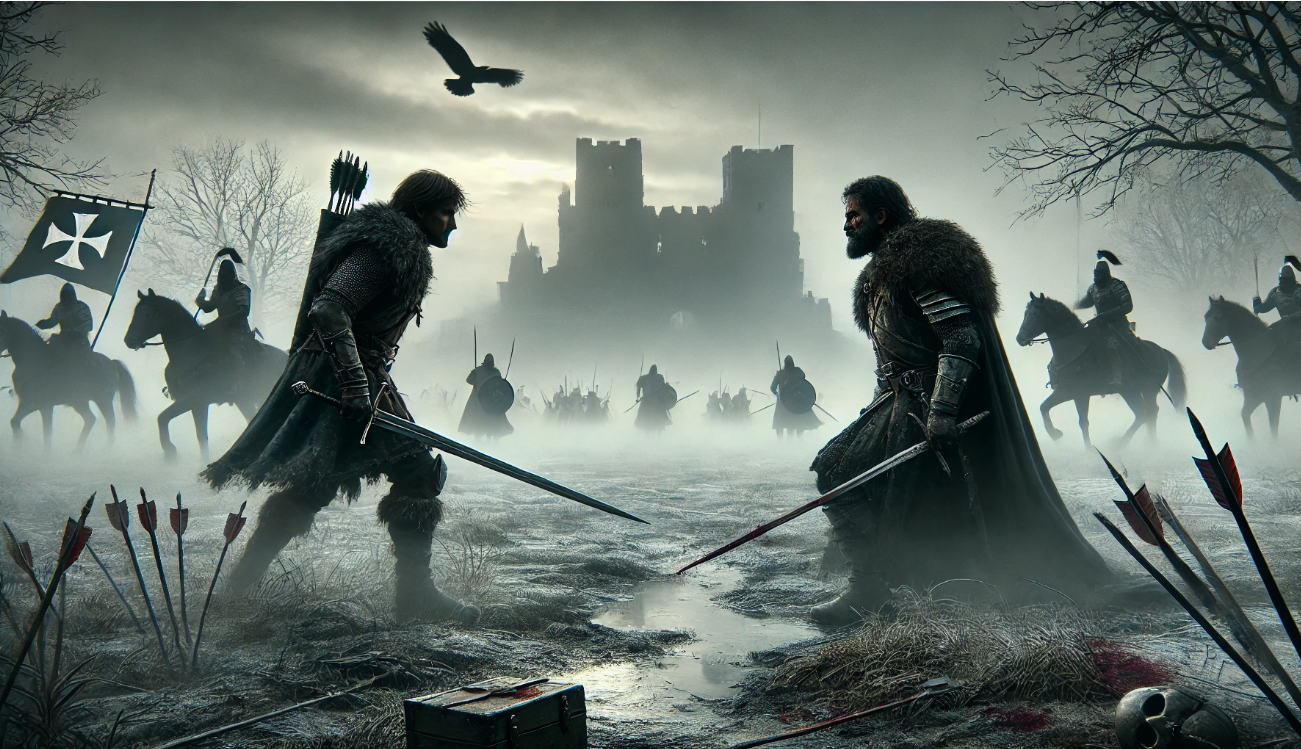
The Battle of the Bastards is one of the most iconic and intense battles in Game of Thrones, and it’s not hard to see why. From the brutal clashes between Jon Snow and Ramsay Bolton to the shocking moments that kept fans on the edge of their seats, this battle encapsulates the heart-pounding violence and high stakes that define the series. In this article, we’re breaking down the Battle of the Bastards—highlighting the key moments that made it unforgettable. Whether you’re a longtime fan or revisiting the fight, we’ll explore what made this moment so pivotal in the Game of Thrones saga.
Context and Setup
The Battle of the Bastards was a major conflict that took place during the War of the Five Kings, a power struggle for the Iron Throne of Westeros. It was primarily a result of the longstanding animosity between Jon Snow, the newly proclaimed King in the North, and Ramsay Bolton, the sadistic Warden of the North. The conflict was fueled by a desire to reclaim Winterfell, the ancestral home of House Stark, which had been seized by the Boltons. Tensions escalated as both sides sought to assert their dominance and control over the North, ultimately culminating in the dramatic and brutal Battle of the Bastards.
Ramsay Bolton’s rise to power and cruelty can be traced back to his father, Roose Bolton, who was known for his cunning and ruthlessness. Ramsay’s brutal methods, including flaying his enemies and using psychological torture, helped him maintain control over Winterfell and its surrounding territories. His sadistic nature and lack of empathy made him a feared and despised figure in the North. As for Jon Snow’s motivation for reclaiming Winterfell, it stems from his deep sense of duty and loyalty to his family and the North. Despite not being a true Stark, Jon was raised at Winterfell and considers it his home.
This battle is a crucial turning point in the larger narrative of the series. The key stakes involved for the characters are the survival of their homes and the protection of their people. For the North, the stakes are even higher as they are fighting to maintain their independence and autonomy. The outcome of this battle will have far-reaching consequences for the characters and the entire region, setting the stage for future conflicts and alliances.
Cinematic Brilliance: Visuals and Direction
Director Miguel Sapochnik is known for his visually stunning and meticulously planned approach to filmmaking. His vision and execution are often lauded for their epic scale and attention to detail. Sapochnik’s work on projects such as “Game of Thrones” and “Altered Carbon” has earned him a reputation as a master of creating immersive and visually striking worlds. His dedication to his craft and ability to bring his vision to life on screen make him a standout director in the industry.
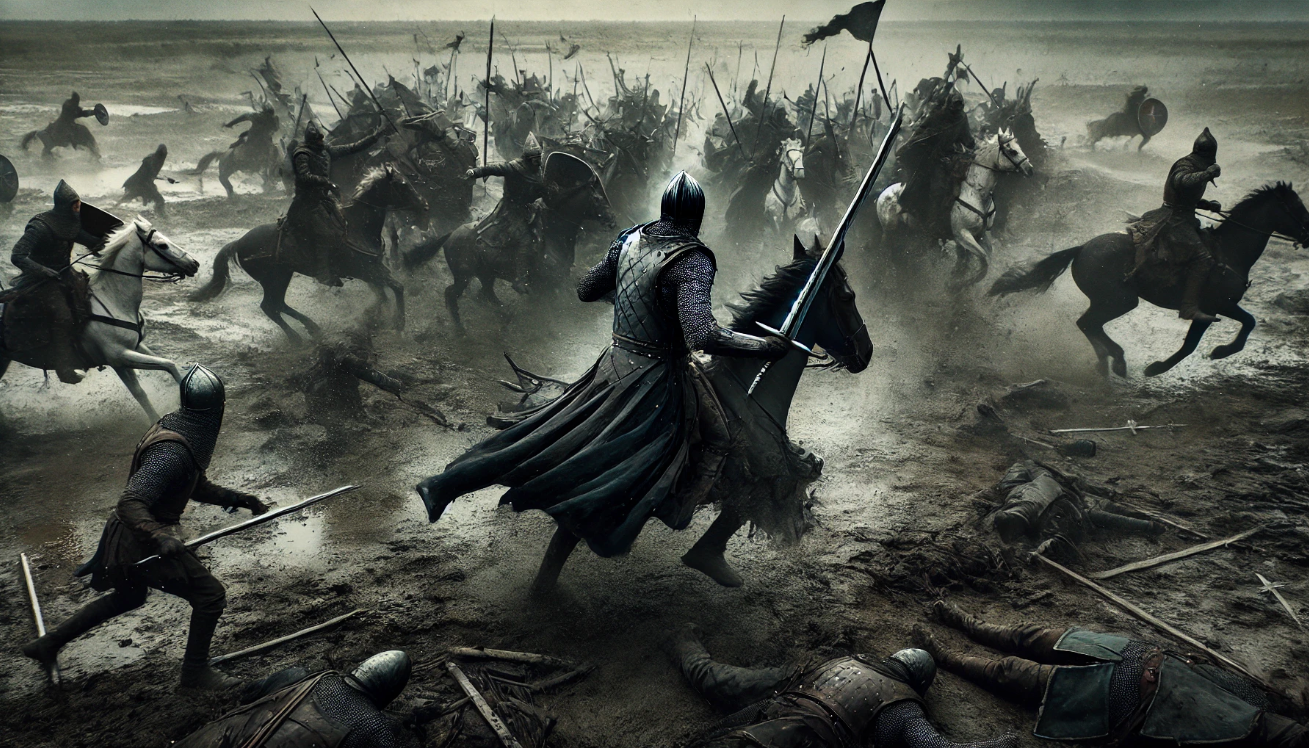
Analysis of cinematography:
The one-shot sequence capturing the chaos of battle is a powerful filmmaking technique that aims to immerse the audience in the intensity and unpredictability of combat. Through the use of strategic lighting, dynamic framing, and impactful camera angles, the scene is brought to life in a way that allows viewers to feel as though they are right in the midst of the action. This technique can create a sense of unease, urgency, and realism, making it a very effective tool for conveying the chaos of battle on screen.
When it comes to choreographing combat, there is often a balance to strike between realism and spectacle. Realism in combat choreography focuses on accuracy and believability, paying close attention to the technical aspects of fighting such as proper form, timing, and movement. This approach aims to make the combat scenes feel authentic and grounded in reality. On the other hand, spectacle in combat choreography emphasizes the visual and entertainment aspects of the fight sequences. This can involve incorporating special effects, large-scale sets, practical effects, and CGI to create epic battle scenes with a heightened sense of drama and excitement.
Character Arcs and Performances
Jon Snow is a character from the popular TV series Game of Thrones, known for his heroism, leadership, and flaws during the battle. He is portrayed as a skilled and courageous warrior, often leading his comrades into battle and making difficult decisions to protect his people. However, his flaws, such as his stubbornness and lack of strategic thinking, have also been evident in his leadership. Overall, Jon Snow’s complexity as a character has made him a memorable and beloved figure in the show.
Sansa Stark undergoes a significant transformation throughout the series, evolving from a naive and sheltered young girl to a resilient and strategic leader. Her pivotal role in the victory can be attributed to her ability to navigate complex political alliances and make difficult decisions in the face of adversity. Sansa’s resilience and determination ultimately contribute to the success of her house and the overall outcome of the battle.
Ramsay Bolton is a fictional character from the television series Game of Thrones, known for his cruel and sadistic nature. His actions, including torture and murder, have led many to view him as the epitome of villainy. However, his downfall ultimately came at the hands of his own actions, as he faced retribution from those he had wronged. His character serves as a cautionary tale of the consequences of unchecked cruelty.
The actors brought depth and emotion to their characters through their nuanced performances. Liam Cunningham portrayed Davos Seaworth with a sense of loyalty and moral integrity, showcasing the character’s inner conflict and determination. Kristofer Hivju brought Tormund Giantsbane to life with a blend of humor, strength, and vulnerability, making him a fan-favorite character. Aidan Gillen’s portrayal of Littlefinger was marked by cunning and manipulation, adding layers to the character’s complex nature. Each actor infuses their role with a range of emotions, creating a compelling and multifaceted portrayal of their respective characters.

Themes and Symbolism
Thematic exploration:
Justice and revenge often serve as the driving forces behind battles, as individuals seek to right perceived wrongs or seek retribution for past actions. Additionally, the conflict between chaos and order plays a significant role in the brutality of war, as forces clash to establish dominance and control. However, the rise of leadership and strategy over brute force can ultimately shape the outcome of battles, as strategic thinking and effective leadership can lead to victory in the face of chaos and revenge-driven motivations.
Symbolism in visuals and events is a powerful storytelling technique that adds depth and layers to a narrative. For example, the suffocating pile of bodies can be a metaphor for hopelessness, conveying the overwhelming despair of a situation. The direwolves as a connection to House Stark can represent loyalty, strength, and resilience, as they are fiercely protective of their family. These symbols help to convey deeper meanings and emotions, enriching the overall storytelling experience.
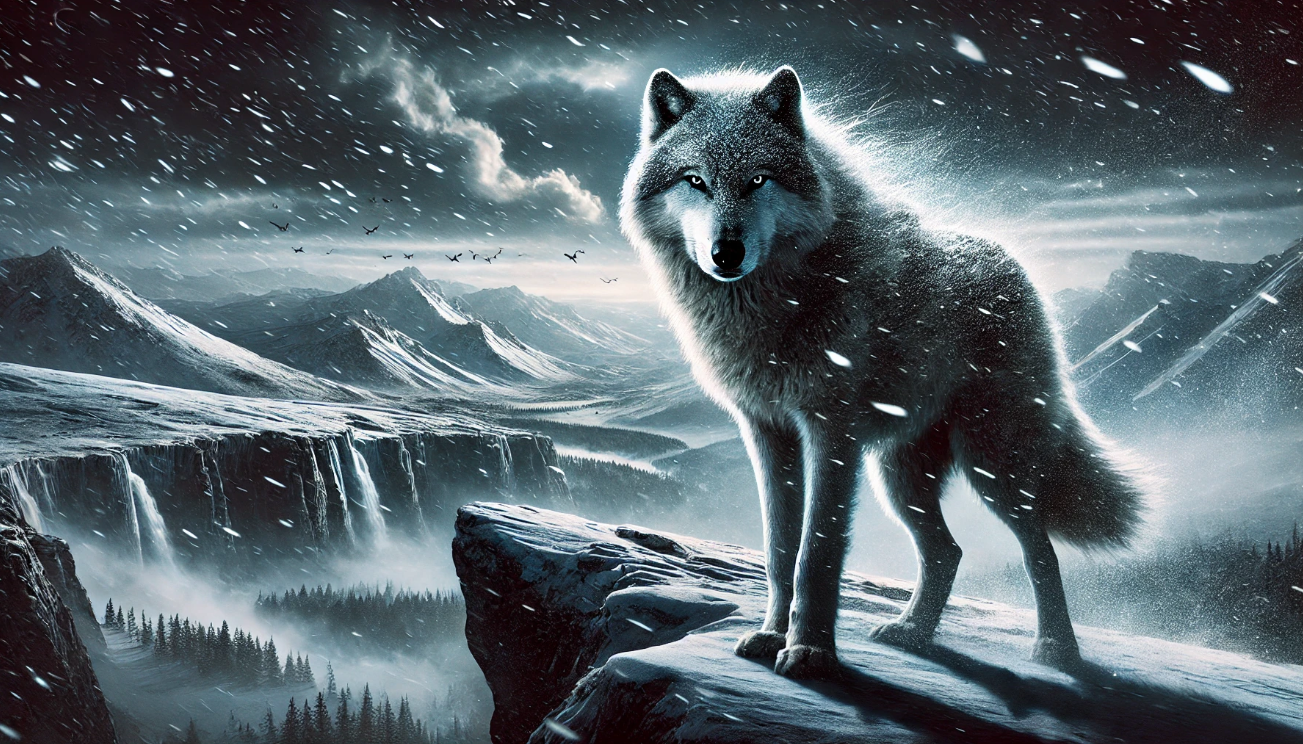
Emotional Impact and Viewer Reception
The emotional rollercoaster of this episode takes viewers from despair to triumph as it humanizes the horrors of war while delivering cinematic spectacle. It skillfully portrays the devastating impact of conflict on individuals, evoking empathy and sorrow, while also showcasing moments of bravery and triumph that inspire hope. This powerful storytelling reminds us of the human cost of war while also celebrating the resilience and courage of those who endure it.
The episode received critical acclaim and won several awards and accolades, including [list of awards]. Viewers praised the episode for its [specific aspects of the episode], and it quickly became a fan favorite. Critics also lauded the episode for its [specific strengths of the episode]. Overall, the episode was widely praised and recognized for its exceptional quality.
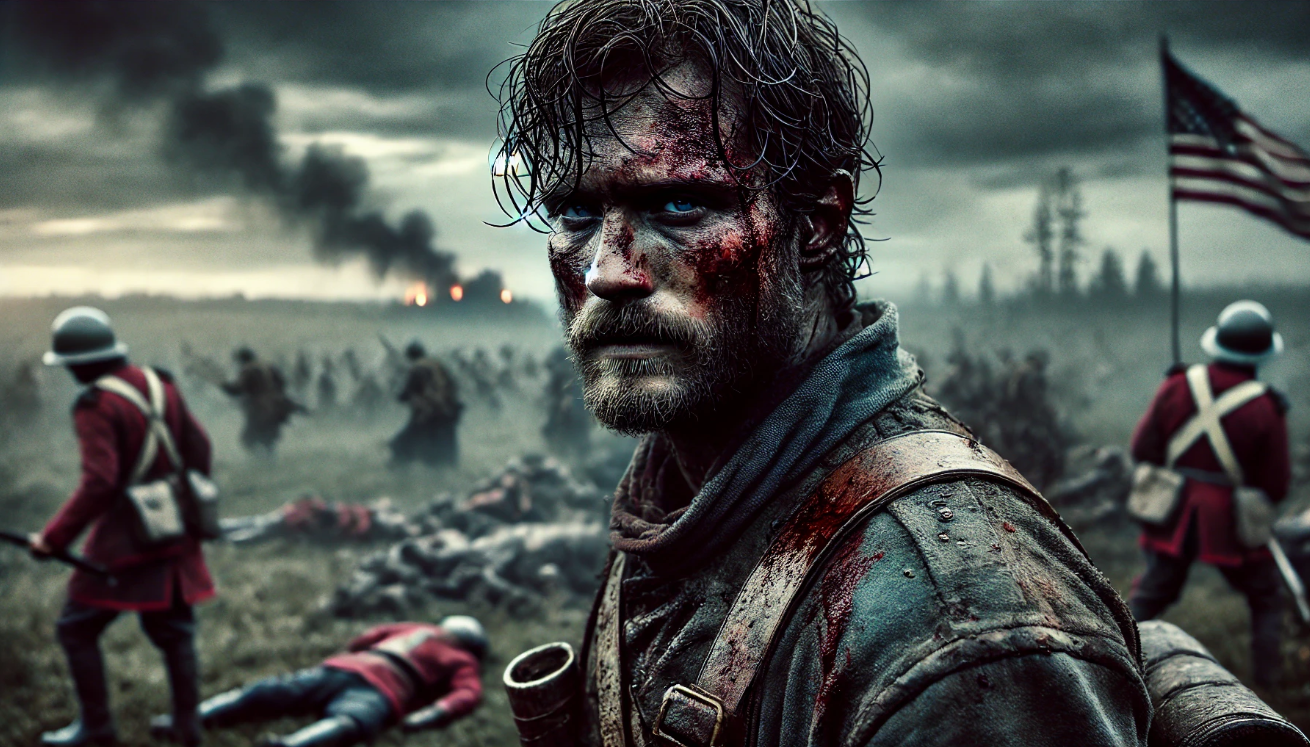
Legacy of the Battle of the Bastards
The Battle of the Bastards in Game of Thrones had a significant impact on television storytelling and battle sequences in the genre. The intense and gritty portrayal of the battle set a new standard for the scale and realism of fight scenes on television. In comparison to other iconic battles in film and TV, the Battle of the Bastards stands out for its visceral and immersive portrayal of warfare. The use of practical effects and long, uninterrupted shots added to the sense of chaos and desperation in the battle, making it a standout moment in the history of visual storytelling. The Battle of the Bastards elevated Game of Thrones to new heights of popularity and critical success. The episode received widespread acclaim for its direction, cinematography, and the emotional stakes of the conflict.
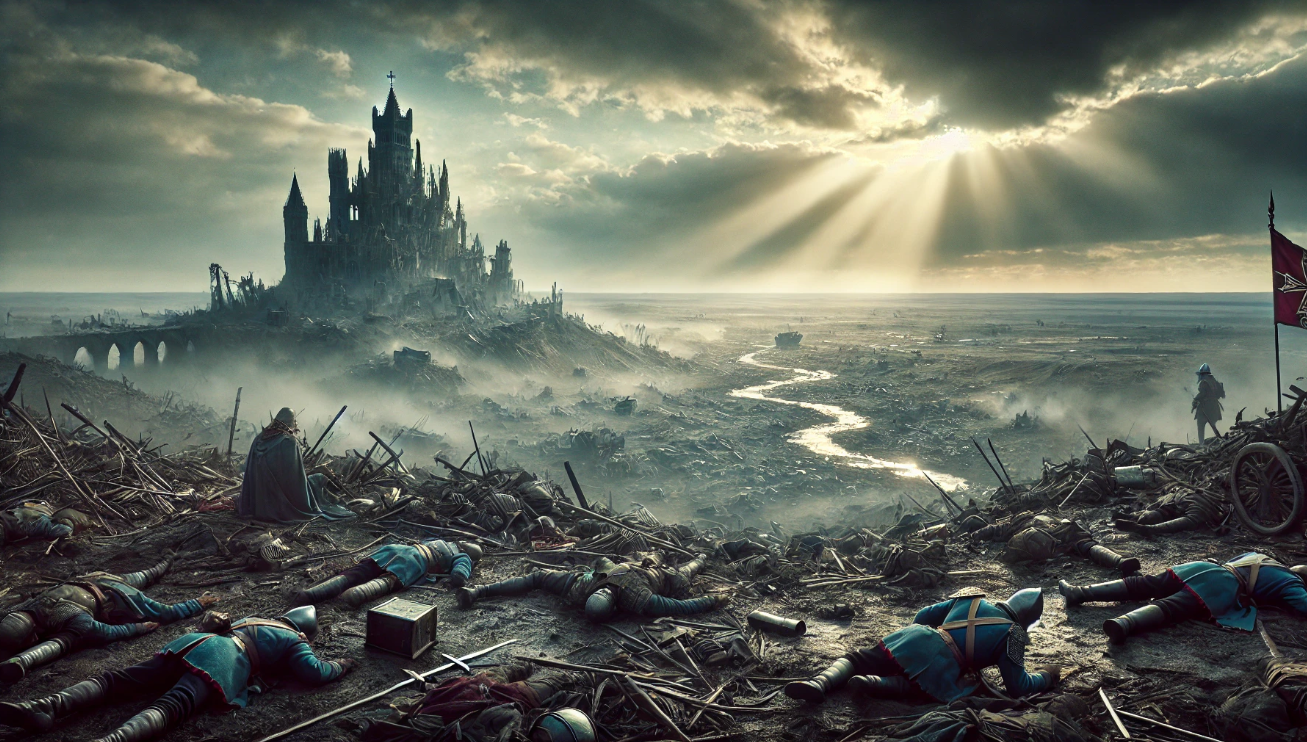
Conclusion
The Battle of the Bastards remains a masterpiece because of its intense and breathtaking battle sequences, its emotional impact, and its stunning cinematography. It showcased the brutality and chaos of war in a way that was both harrowing and captivating. The episode also marked a turning point in the Game of Thrones storyline, as it saw the ultimate downfall of the detestable Ramsay Bolton and the triumphant return of Jon Snow as the rightful ruler of Winterfell. In terms of television history, the Battle of the Bastards set a new standard for epic battle scenes and raised the bar for production quality in television. It was a landmark moment for Game of Thrones and solidified the show’s reputation as a groundbreaking and visually stunning series.
